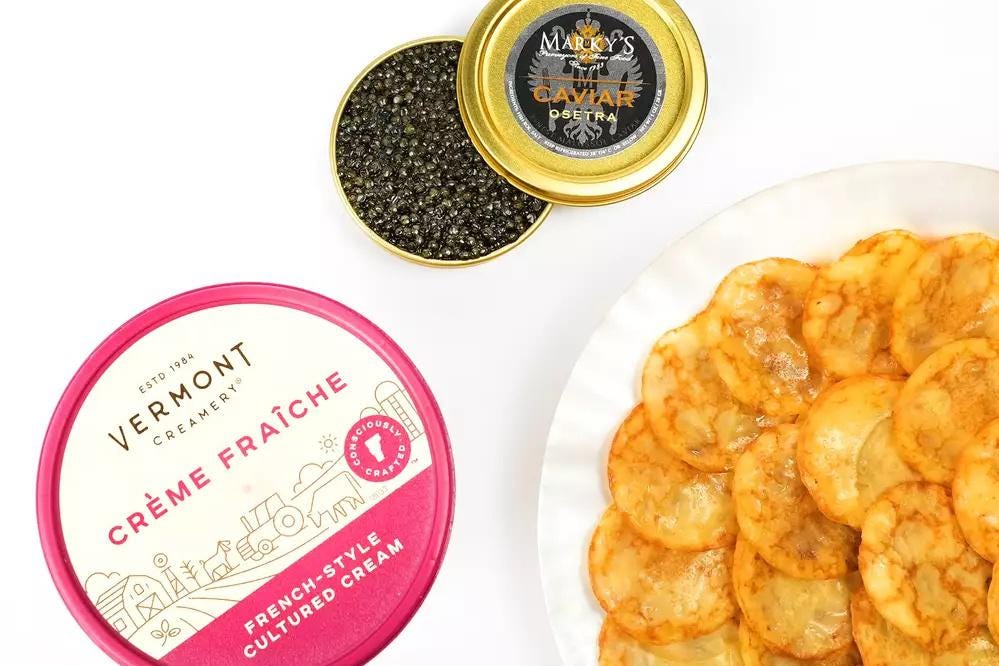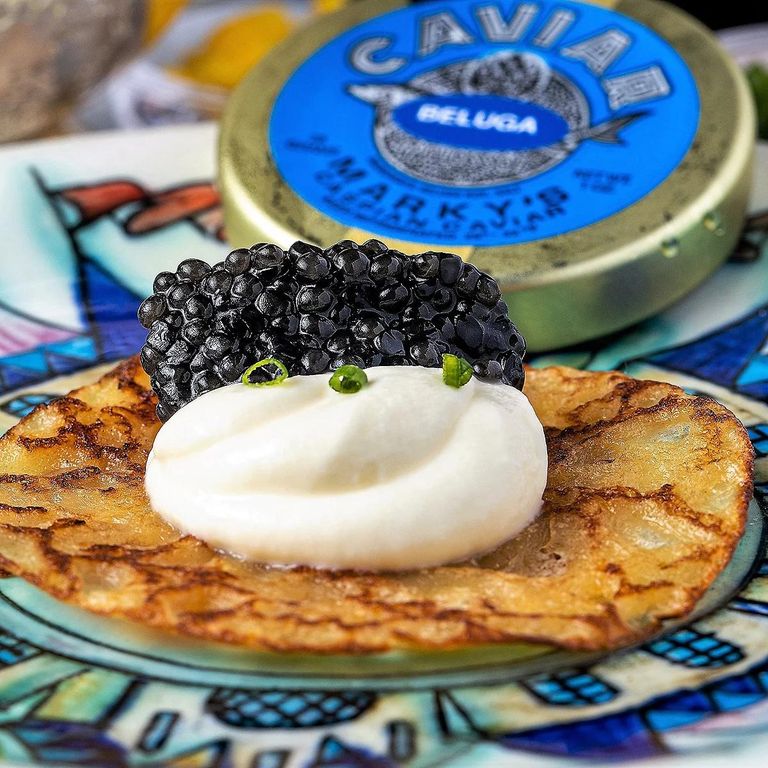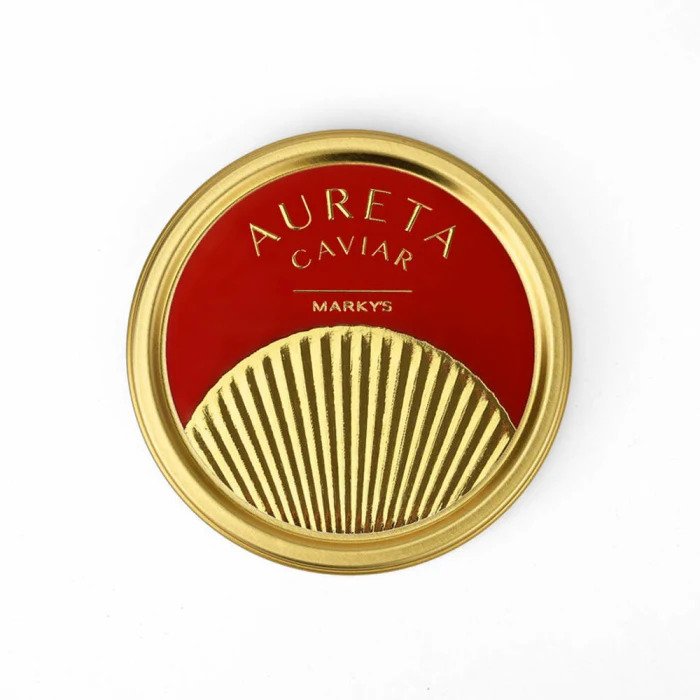Casting for Caviar, in the Caspian and Beyond
Casting for Caviar, in the Caspian and Beyond By FLORENCE FABRICANT
Published: December 24, 2003


 HE bad news for caviar lovers this holiday season is that fresh Russian caviar from the 2003 catch is all but impossible to find. The good news is that there are many fine alternatives, and that international regulations are increasingly effective in guaranteeing the quality and authenticity of what is sold.
HE bad news for caviar lovers this holiday season is that fresh Russian caviar from the 2003 catch is all but impossible to find. The good news is that there are many fine alternatives, and that international regulations are increasingly effective in guaranteeing the quality and authenticity of what is sold.
This year, red tape has held up the shipping of Russian caviar, and it could take weeks before any of it shows up in American stores. The Russian caviar that is for sale here is, at best, from the 2002 catch. But some of the caviar labeled Russian is actually from Kazakhstan, on the Caspian Sea. Most of that caviar is also from 2002.
Year-old Caspian Sea caviar is not necessarily bad. High-quality caviar in unopened tins has a shelf life of 12 to 14 months if properly stored, at 26 to 28 degrees Fahrenheit. Some stores in New York, including Caviar Russe, Dean & DeLuca and Petrossian, are selling 2002 Russian caviar at $50 an ounce on up, and it is quite good. But be suspicious of retailers who insist they have this year's caviar from Russia.
Iranian caviar is worth considering. It is superb, but prices are sky-high, about $75 an ounce. This caviar is mostly osetra, and it comes from a tightly controlled fishery. Bulgarian and Romanian beluga that comes from the Danube and the Black Sea is also of excellent quality and expensive, if you can find it. Part of the price covers the return of fingerling sturgeon to the river to maintain the fishery.
California caviars farmed from transmontanus sturgeon, or white sturgeon, are more abundant than ever. At their best, they are reminiscent of nice Russian osetra. Tsar Nicoulai and Sterling are the sources.
Siberian sturgeon, or baerii, are being farmed in France and Uruguay. This caviar is often called osetra, because the baerii is an osetra subspecies. The caviar from the Bordeaux area has a softer texture than that of Uruguay, which is from the Río Negro, in the center of the country.
The cultivated caviars from California, France and Uruguay are selling for $35 to $45 an ounce and represent good value. They might also be the answer to the rapidly dwindling supply of fish in the Caspian Sea. The quality of other American caviars, from paddlefish and hackleback sturgeon, selling for about $20 an ounce, has improved. But these remain a choice of last resort.
There are efforts under way to cultivate sturgeon for caviar near Berlin, and in northern Florida. There, Marky's, a company from Miami, has imported live beluga sturgeon from Russia, is raising them in 30-foot tanks and hopes to start harvesting the caviar by caesarian section next year.
Many New Yorkers recall the caviar wars of the 1980's, when store competition meant that caviar lovers sometimes could buy four ounces of Russian osetra for less than $100. In those days, with the embargo on Iranian imports and caviar cultivation still on the drawing board, Russian caviar was all that was available.
The dissolution of the Soviet Union led to a thriving black market. That in part precipitated the creation of a United Nations agency, Cites, the Convention on International Trade in Endangered Species, which endeavors to control the caviar trade, as well as the commerce of other rare wildlife.
Today, buyers who want sevruga for a song may wind up with Russian caviar dating as far back as 2000, from stocks that were bought by importers and have been sitting in freezers, turning to mush. Do not be tempted by caviar on eBay at impossible bargain prices, like Russian beluga for $10 to $20 an ounce. The chances are some or all of it is well past its prime.
There are number of reputable online sources for caviar, like Petrossian (www.petrossian.com), Browne Trading (www.brownetrading.com) and Paramount (www.paramountcaviar.com), Tsar Nicoulai (www.tsarnicoulai.com) and Sterling (www.sterlingcaviar.com) to name a few. But they are also advertising undated Russian caviar. Always ask questions before buying online, at retail or from catalogs, and do business only with places that have an established track record for quality and integrity.







